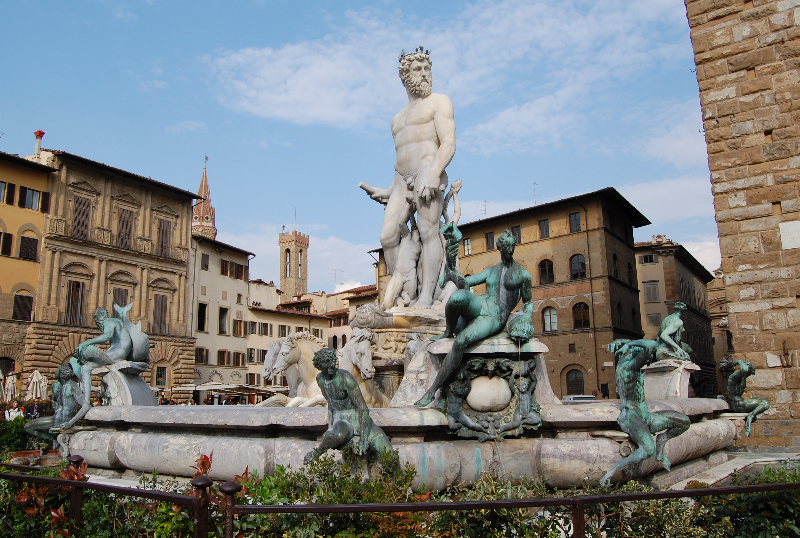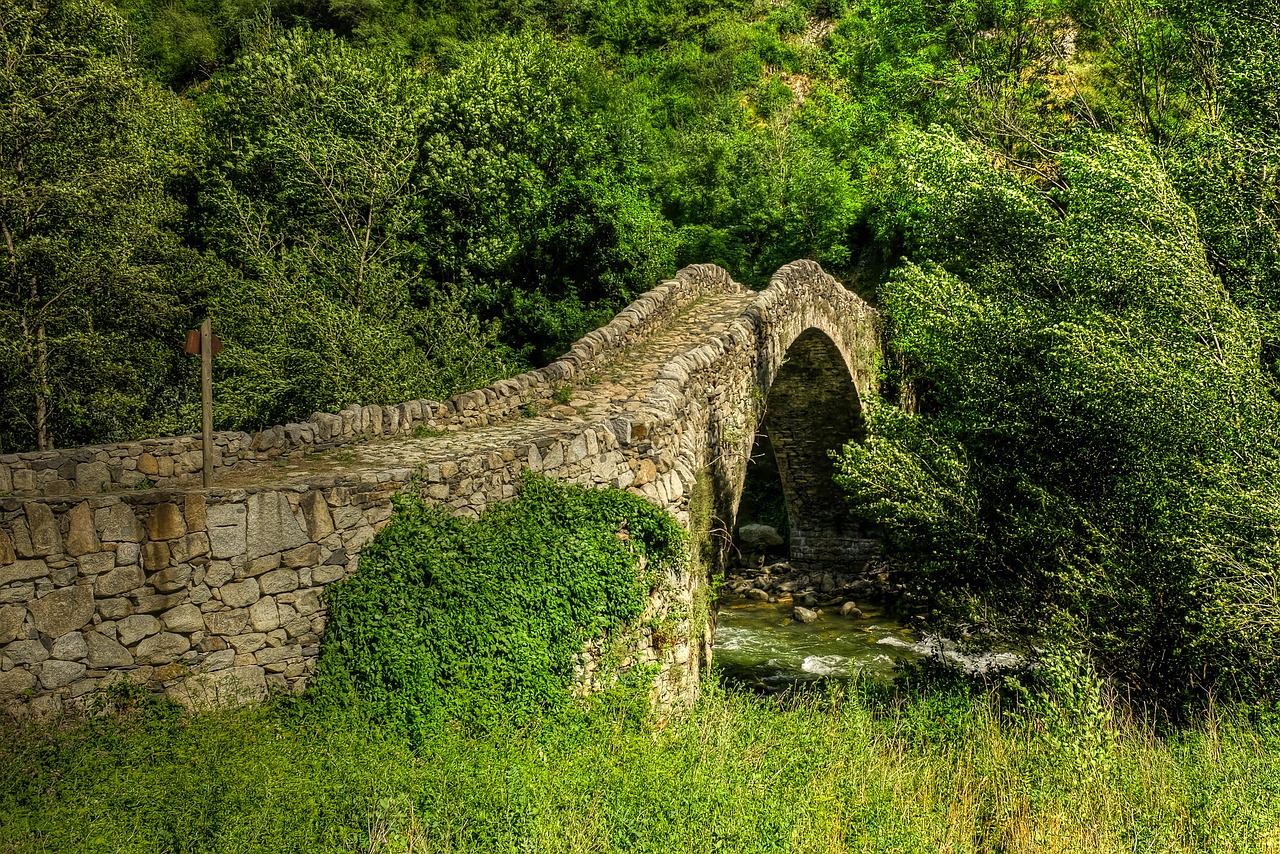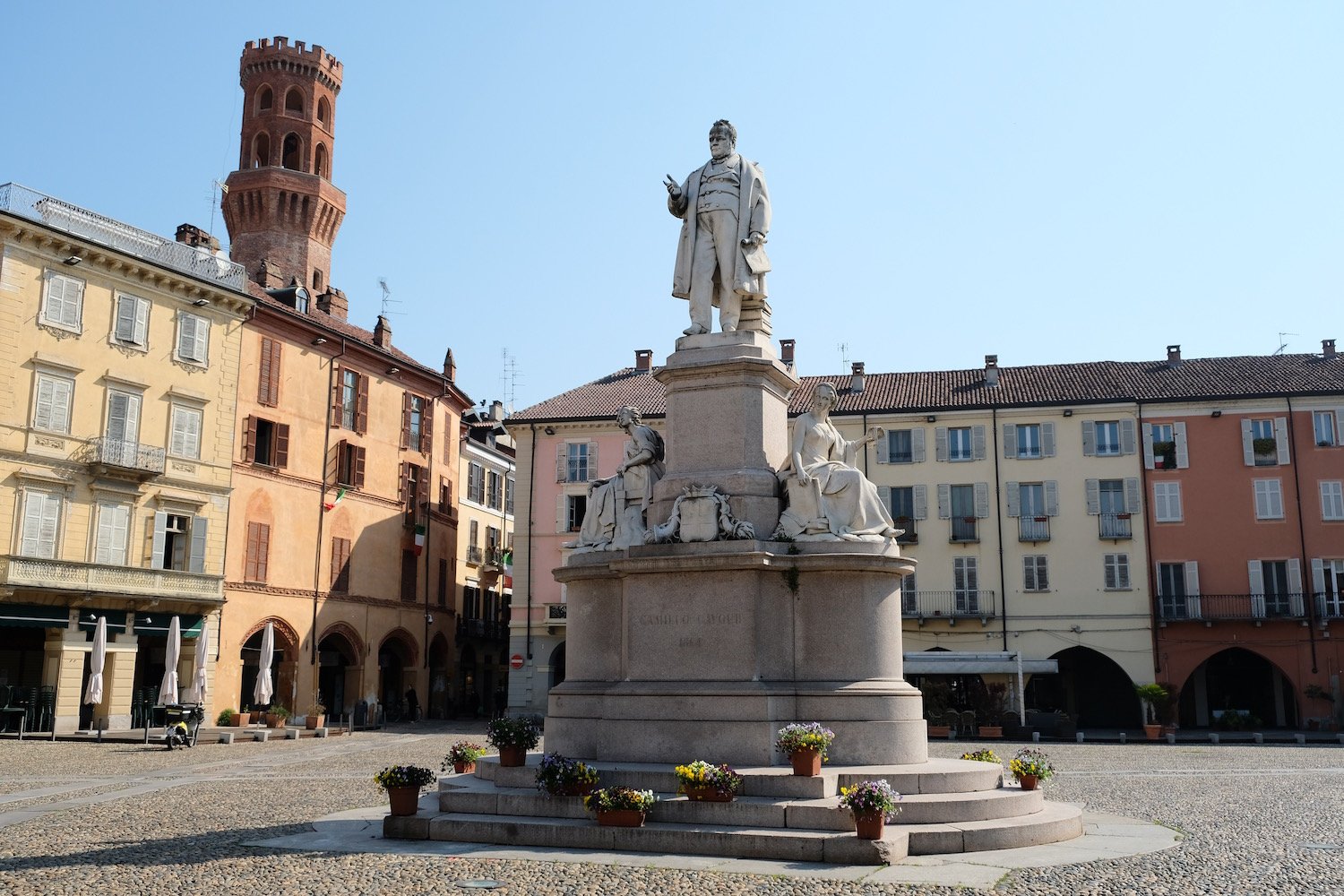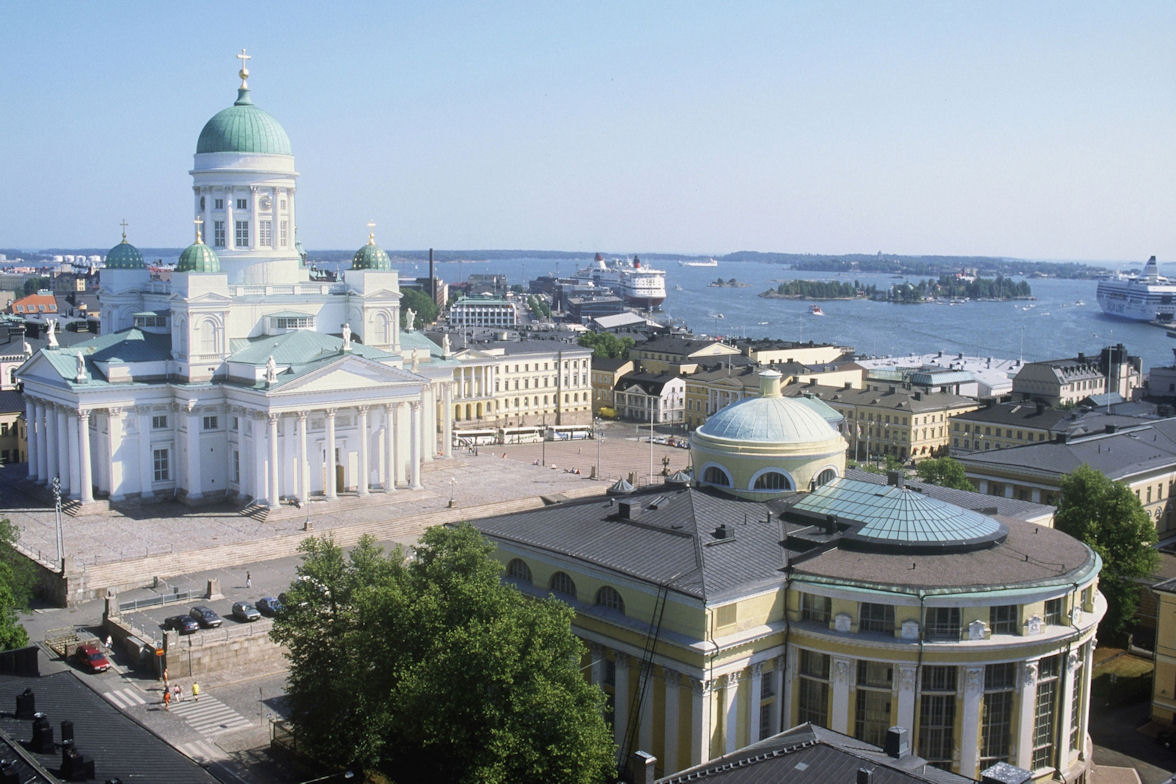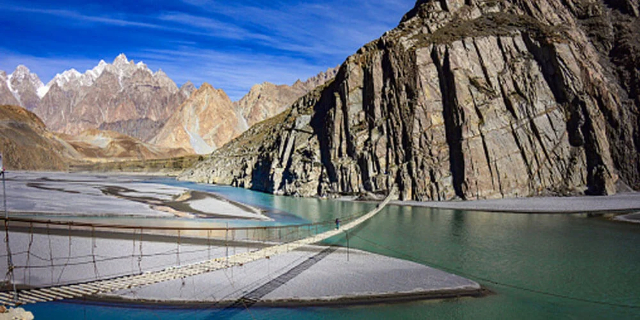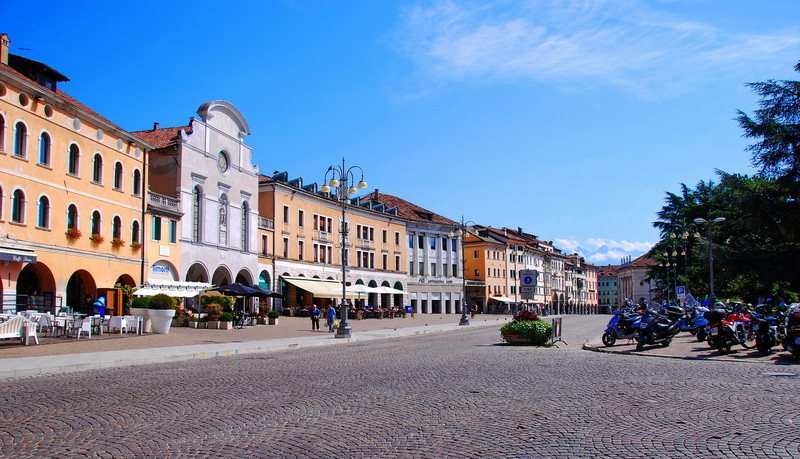Built between 132 and 121 B.C. on the river Savuto, in Scigliano, it is one of the oldest bridges in Italy, together with the Fabricio bridge on the Tiber island (69 B.C.) and the Emilio bridge (179 B.C.).
Although the origin of its name is doubtful – Ponte di Annibale or Ponte di Sant’Angelo, recalling in the first case a Carthaginian leader and in the second case the saint to whom a small local chapel was dedicated – what is certain is that the bridge represents the only work still accessible in the territory of the ancient "Brutium", thanks above all to the structural interventions carried out in 1961.
The structure was built dry with red limestone tufa stone, coming from a nearby quarry, has a single vault with two concentric arches and a width of 3.45 meters, height of 11 meters and length of about 25 meters.
The Roman bridge of Hannibal represents the still intact testimony of the ancient Via Popilia (or Capua – Rhegium), which led from Reggio Calabria to Capua and then joined the other roads leading to Rome. It was undoubtedly an imposing work for the times, but the least documented among the consular roads, so much so that the only information was found in the Elogium di Polla, a plaque written in archaic Latin, with which the builder, whose name is not evident, praised his work.
The Via Popilia was used for centuries as a link with the extreme south of the Peninsula, but the lack of maintenance and the predilection of maritime routes for trade and commerce, reduced it to a mere country road.


